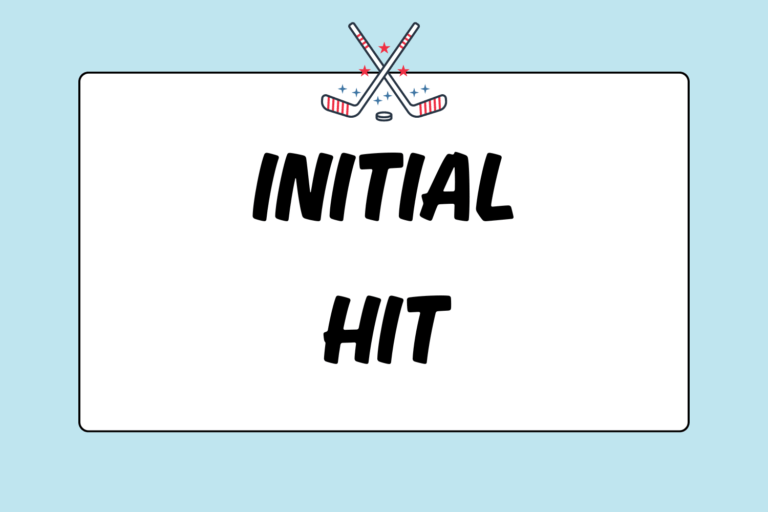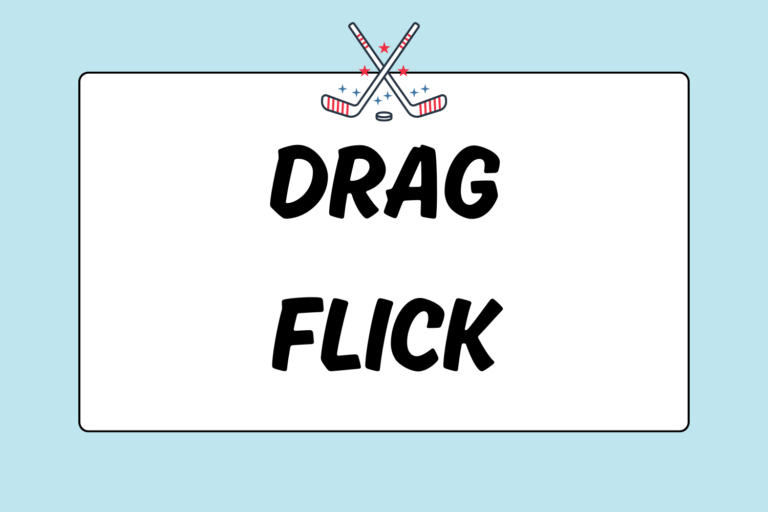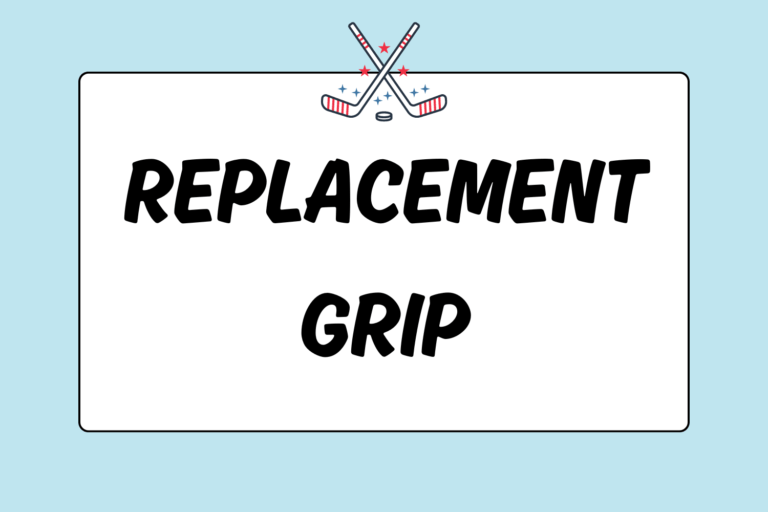When the ball is stuck on one side of the field and neither team can advance forward, it can be very frustrating. But, don’t worry! There is a simple solution to this problem: Switch the field! By crossing the ball from one side of the field to the other, you open up space and create new passing opportunities for your teammates.
No matter what position you play — defense, midfield, or offense — crossing the ball is a very useful tactic. However, there are some guidelines to follow before sending the ball across the field. This guide will teach you when and where to hit the ball for successful crosses.
Switch the Field
If you are playing in a crowded area on the field, you will likely hear the phrase, “switch the field!” or “swing it” being yelled out. This simply means to cross the ball from one side of the field (the occupied side), to the other (the open side). In general, a player will drive [link to glossary term] the ball from one sideline to the other. The hit can be straight across or horizontal — the point is that it crosses the field — and is essentially a long pass from one teammate to another. To cross the ball, you need to be a strong hitter and have an open player waiting to receive the ball on the opposite side of the field.
Defense
A defensive cross is used to change the point of defense from one side of the field to the other. This helps to create more passing and play-making opportunities. Timing is key in defensive crosses. On defense, switching the field requires you to cross the ball in front of your goal — this is a very risky move. If you mishit the ball, it can be intercepted by an opponent within your defensive zone. Once the opposing team gains possession of the ball, you will be out of position to defend. This could result in a shot on goal, breakaway, or a goal against your team. Therefore, one of the best opportunities to switch the field is on a free hit.
A Common Defensive Switch
One of the most common defensive switches involves all three defenders: The center, left, and right. Either the right of left defender will take the free hit, depending on what side of the field the ball lays; all other players must stand at least five yards away from the hitter. The center defender will drop back five yards behind the defender taking the hit.
To cross the ball, the left defender will either push the ball back to the center defender (who will then cross the ball), or she’ll immediately drive [link glossary term] the ball across the field to the third, open defender. If the hitter decides to push the ball back before it’s crossed across the field, it creates an extra 10-yard distance between the ball and the opposition.
This specific strategy should be used in moderation. It works well for spreading the field, but if completed too often, the offense will be ready to intercept the ball. Switching the field moves the area of attack out of the crowded area and provides an opportunity to advance the ball up the opposite side of the field.
Midfield
A midfield cross is a long pass through the center of the field. It can be hit by either the right or left midfielders (wings), or the center midfield can hit the ball to the outside. This switch is generally completed on the run to get the ball out of a crowded area. The midfielder opposite of the hitter should be open and ready for a flat pass across the field. A flat pass is a pass directly across the field, from one side to the other — the receiving player should not have to sprint up the field to stop the ball.
Try to avoid using extreme diagonal passes. Flat passes will get the ball to your teammate a lot easier, and there will be less of a chance that it gets intercepted along the way (or that the receiver cannot get to it before it rolls out of bounds).
Offense
The offense has a different objective when switching the field. Instead of being called a “switch,” centering the ball is most often referred to as a “cross.” A cross is not used to open up space, but rather to bring the ball from the outside of the field to the center in order to create scoring opportunities.
The hit is generally taken by a right of left forward. After dribbling down the sideline, the forward will hit the ball either to the top of the circle or to the penalty spot or P-flick. It is generally best if the forward crosses the ball flat across the field rather than diagonally so that the opposing team’s defense has less of a chance to cut off the pass.
By crossing the ball to the center, any forward can pick up the cross and take a direct shot on goal. If the opposing team does not stop the pass, the cross can result in a great shot for your team.
Tip for Success
Switching fields is often the most beneficial way to move the ball up and around the field. No one wants to play in a crowded area while they are outnumbered by defenders. So, the easiest way to avoid this is to constantly switch the field. Here are some tips when crossing the ball:
- Look up and scan the field for your possible passing options and make eye contact with the player you are passing to. By doing this, both of you will fully understand the play and your teammate will know to expect the ball. If you can’t make eye contact with a player, either call out that player’s name or hit to a space for her to run onto the ball.
- Watch your timing. If there are opponents between you and your teammate, wait to cross the ball until you have a clear path.
- If you are on defense, make sure there are no forwards in your crossing lane.
- Keep your hits on-target and crisp. Try to avoid hitting diagonally across the field (these get picked up easier) and focus on getting your hits flat across the field.
Hot Tip: Use the Width
The field is large, so use it! Once an area gets crowded, the rest of the field opens up with space. So, get the ball out of the crowd and switch the field! Use the sides of the field to give yourself space to advance the ball up the sideline. As a general rule, each position has its own role in moving the ball:
- The defense should be pushing the ball towards the sides.
- Midfielders move the ball up the field.
- Forwards cross the ball to the center for the shot.
Switch Things Up
Field hockey is a team sport. No matter how great you are, you still need the support of your team to succeed. Mastering the switch comes with practice and a mutual understanding between teammates. Work with your team to develop these switching tactics and your team will be smarter on the field, taking advantage of open spaces and advancing the ball up the sidelines.





